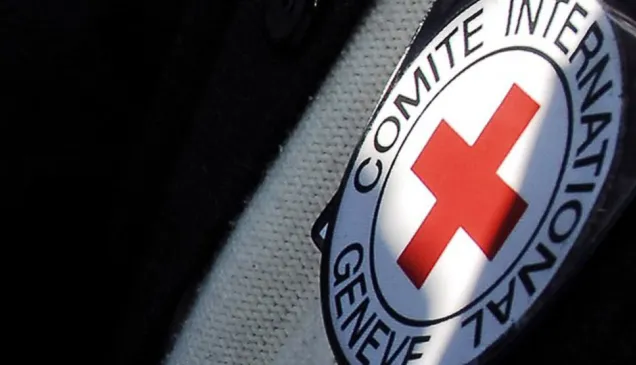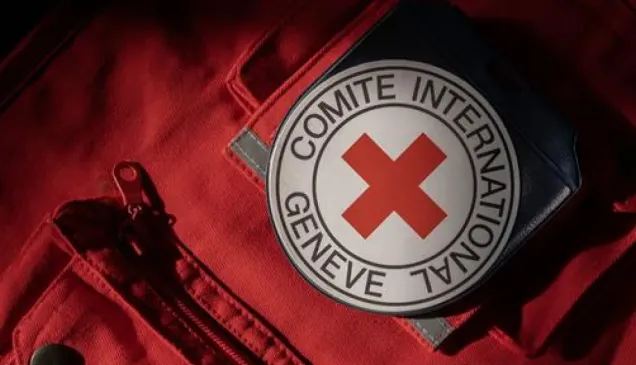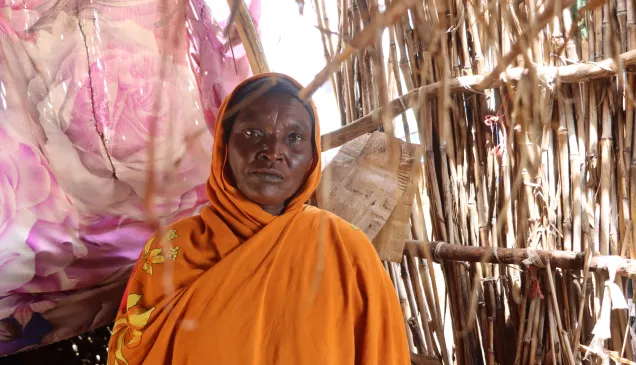All over the world, conflict and violence deprive people of water. Today is World Water Day, and as the ICRC Water and Habitat Unit celebrates its 30th anniversary, we highlight their role in cooperating with communities around the world to bring water to towns and cities hit by crisis.
If truth is the first casualty of war, water is often the second. Wells, pipelines and pumps in towns and villages are all vulnerable to the effects of fighting. In a city, one broken pipe can deprive 100,000 people of water. And if the only functioning water point is across a front line, it might as well be on the moon.
Going thirsty is not the only problem. When water gets scarce, people will drink anything. The results are cholera, dysentery and death.
Ever since the ICRC was founded, 150 years ago, ensuring a reliable supply of drinkable water has always been one of our top priorities in the conflict and post-conflict zones where we work.
In 1983, at the venerable age of 120, we decided to focus our expertise in this field – known as “WatHab” in ICRC jargon – and set up a Water and Habitat Unit at our Geneva headquarters. The Unit provides expert support and guidance for hundreds of ICRC wathab specialists working with local communities in dozens of countries around the world. Water is one of the Unit’s five main fields of activity, along with sanitation, electricity, structures and community facilities.
1983 to 2013 — that’s 30 years. A thirtieth birthday is worth celebrating, and over the coming months, we’ll be doing just that, with a series of short films showing how the ICRC gets water to people affected by conflict and violence.
On World Water Day 2013, we’re proud to launch the first of these films, Facing urban challenges, showing how the ICRC brings water to people in towns and cities when the normal supply fails.



